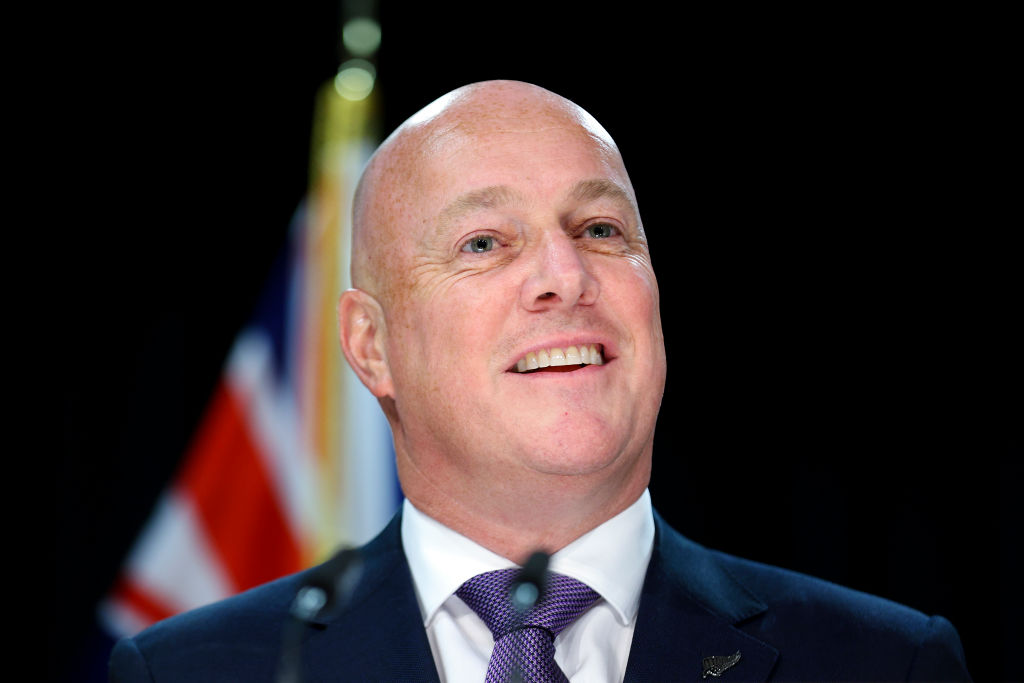Christopher Luxon has used social media to warn beneficiaries that his government intends to enforce tough new sanctions to make them look for work.
On the same day that grim new unemployment data was released, showing the number of people without work has risen to a four-year high, New Zealand’s Prime Minister Christopher Luxon has taken to social media to warn beneficiaries that they face the risk of losing government support if they don’t keep looking for work.
“My message to those facing benefit sanctions,” he wrote on X. “Get a resume, show up for the job interview, check in with your case manager, and your fellow New Zealander will support you on a pathway to work.
“You have an obligation to look for work and to participate in work, and if you don’t, we’ll sanction your benefits.”
An additional 29,000 people are now unemployed since the government took office, many laid off from the public service as the government looked for savings to fund tax cuts.
Some economists noted that there was no pathway to work for many, with the Ministry of Business, Innovation and Employment (MBIE) reporting that online job advertisements fell by 31.4 percent over the year to the September quarter.
That decrease was across all industries, though the biggest annual falls were in the IT, health care, manufacturing, business services, and construction. There have been eight consecutive annual decreases since the December 2022 quarter.

StatsNZ numbers show the annual unemployment rate for the three months ended September rose to 4.8 percent, up from 4.6 percent in the previous quarter, meaning 148,000 people are now unemployed. It is slightly below financial market expectations but is the highest since December 2020. The Reserve Bank of New Zealand (RBNZ) was expecting 5 percent.
This was the first time in 37 quarters that the number of people employed in New Zealand fell, meaning a million fewer hours were worked this year.
Young people are particularly severely affected, with 20 percent of 15-to-19-year-olds unemployed and 8.4 percent of all 20-to-24-year-olds. Maori unemployment is 9.2 percent and Pacific people is 9.9 percent.
A recent report from the Ministry for Social Development found that young people could remain unemployed for as long as 20 years, while anyone of any age will likely be welfare dependent for an average of 13.6 years (though usually not in a single, continuous period).The increase in unemployment is due to reduced demand for workers in a sluggish economy and earlier migration, which was allowed to surge to fill previous shortages in the labour market.
There was an increase of 57,000 in those leaving the labour force, which captures people leaving to undertake study, retiring, having a disability or simply giving up looking for a job.
The underutilisation rate—the total number of persons unemployed and underemployed—is now 11.6 percent, or 367,000 people.
And despite emphasis on upskilling the unemployed, demand has fallen across all levels, with those classed as “highly skilled” as badly affected as the unskilled.

“While net employment remained stable, there were changes in who was employed last year, as 45,700 people who had been employed became jobless,” StatsNZ labour market manager Deb Brunning said.
Economist and Council of Trade Unions (CTU) Director of Policy Craig Rennie said that although unemployment didn’t hit 5 percent, “the underlying data shows the labour market is as weak as people fear. There have been layoffs at sites across New Zealand which won’t register yet in this data. The only plan for Kiwis appears to be welfare sanctions that won’t help.”
Despite the prime minister’s stance, unemployment is still predicted to worsen.
The RBNZ’s recently released semi-annual Financial Stability Report said weakness in domestic economic activity had become more pronounced, and a combination of subdued global growth and high interest rates had reduced demand.
“Rising unemployment is starting to create acute financial difficulties for some households,” it said.

